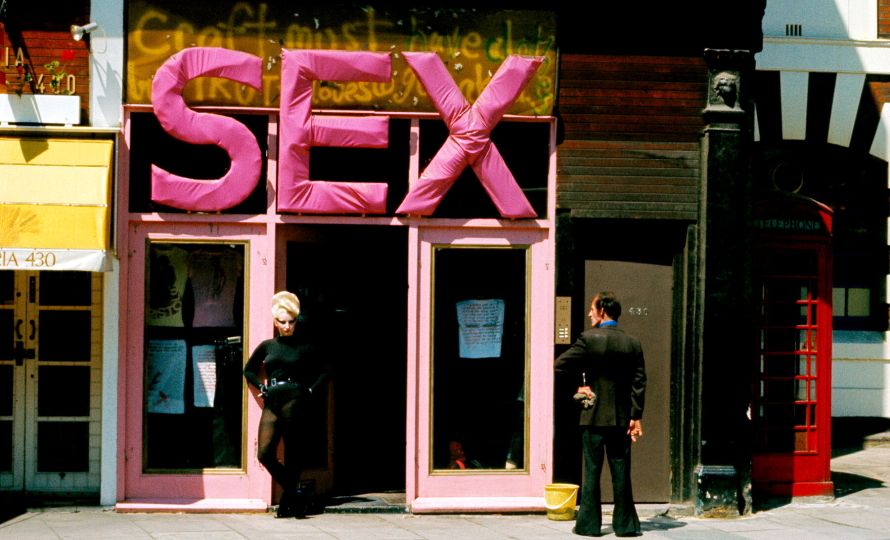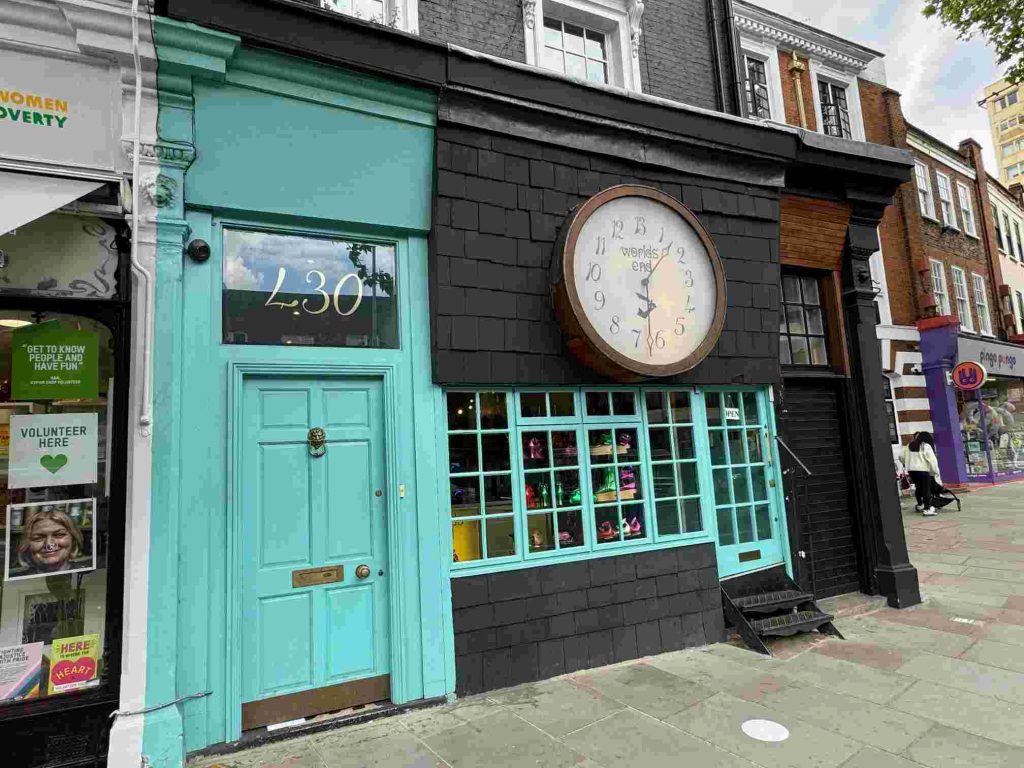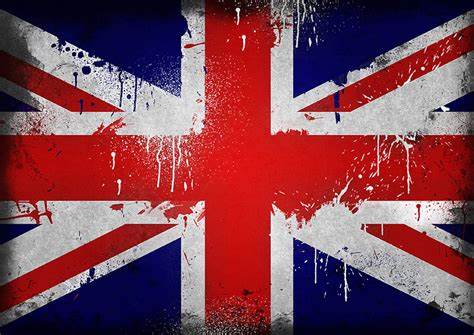The Birth of Punk Style
World’s End, 430 King’s Road, London SW10 0LJ In 1971, Vivienne Westwood and Malcolm McLaren opened their first boutique at 430 King’s Road in the Chelsea district of London. It was called Let it Rock and focused on the Teddy Boys style and 1950s nostalgia, characterized by brocade jackets, creepers shoes, and vinyl records. Even then, the boutique represented more than just a clothing store: it became a space for rebellion against the dominant hippie fashion of the time.
By 1974, the shop had undergone several name changes, including Too Fast to Live, Too Young to Die, and eventually adopted the iconic name SEX. The interior was deliberately provocative: red carpets, graffiti, window displays full of fetish clothing, bondage aesthetics, and slogans like “rubberwear for the office.” Westwood and McLaren offered their own designs alongside selections from brands like Atomage. SEX quickly became a hub of the British punk subculture, attracting prostitutes, students, artists, and future music stars.
Vivienne Westwood employed some of the first punks in the boutique, including Jordan (real name Pamela Rooke), who became a striking face of the shop. Jordan was part of the close-knit circle of Sex Pistols fans known as the Bromley Contingent. This group, which included Siouxsie Sioux, Billy Idol, and Steven Severin, often hung around the shop and played a major role in shaping the visual and ideological identity of punk.

In the summer of 1975, the boutique was visited by John Lydon, then an unknown young man from North London, wearing a T-shirt that read “I Hate Pink Floyd.” McLaren asked him to sing along to the jukebox. Although Lydon couldn’t sing, his defiant attitude and striking appearance propelled him to the front of the Sex Pistols. Thus was born the punk icon Johnny Rotten, who embodied the DIY ethos, nihilism, and raw energy of the entire scene.
By the mid-1970s, King’s Road had become the main epicenter of London’s punk movement. In addition to the SEX boutique, another originally punk brand called BOY emerged nearby, combining fashion, music, and visual art. It became another key landmark on the subcultural map. Although the original BOY shop on King’s Road no longer exists, the brand has survived.
After the breakup of the Sex Pistols and the gradual commercialization of punk, Westwood decided in 1980 to reinvent the shop. She reopened it under the name World’s End, with an interior resembling a pirate ship and a clock that runs backwards. Although the flagship Vivienne Westwood store is now located in the upscale Mayfair district near New Bond Street, the company still operates this modest-looking shop on King’s Road—where both her fame and the British punk style were born.
Although Vivienne Westwood didn’t invent the safety pin or other iconic punk accessories, she was the one who managed to incorporate them into fashion and create a distinctive style. That style has influenced the mainstream fashion industry in many ways. The World’s End shop remains not only a historical artifact but also a living symbol of punk aesthetics and originality.



